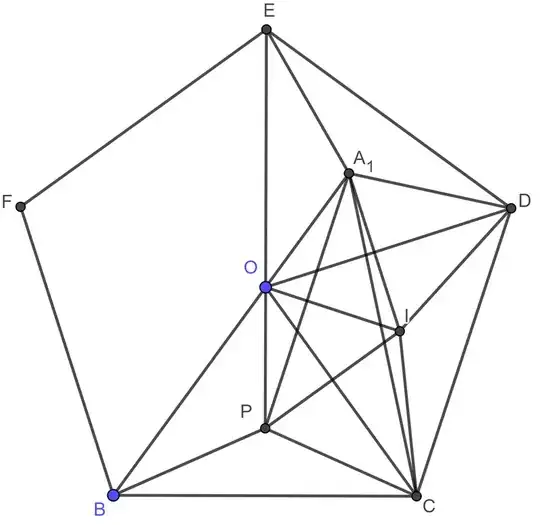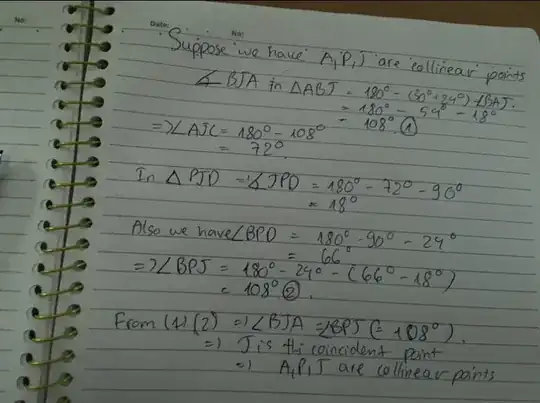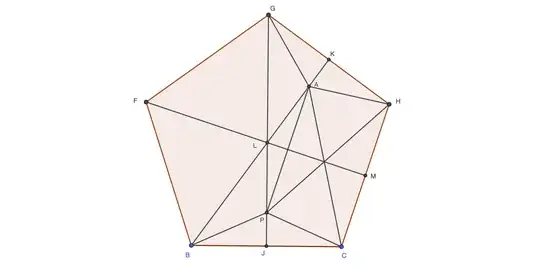Let $P$ be a point inside a triangle $\triangle ABC$ with $\angle PBC=\angle PCB=24^\circ$, $\angle ABP=30^\circ$ and $\angle ACP=54^\circ$. What is the $\angle BAP$?
I can calculate $\angle BAP=18^\circ$ by assuming $BC=1$ and calculating all the lengths involved in the picture using formula of sines and cosines.
But since the answer is an integer $18^\circ$, I believe there must be a more elementary ways (i.e. without using sines/cosines or invloving irrational numbers) to obtain the answers.
Any suggestions are welcome! Thank you in advance!






